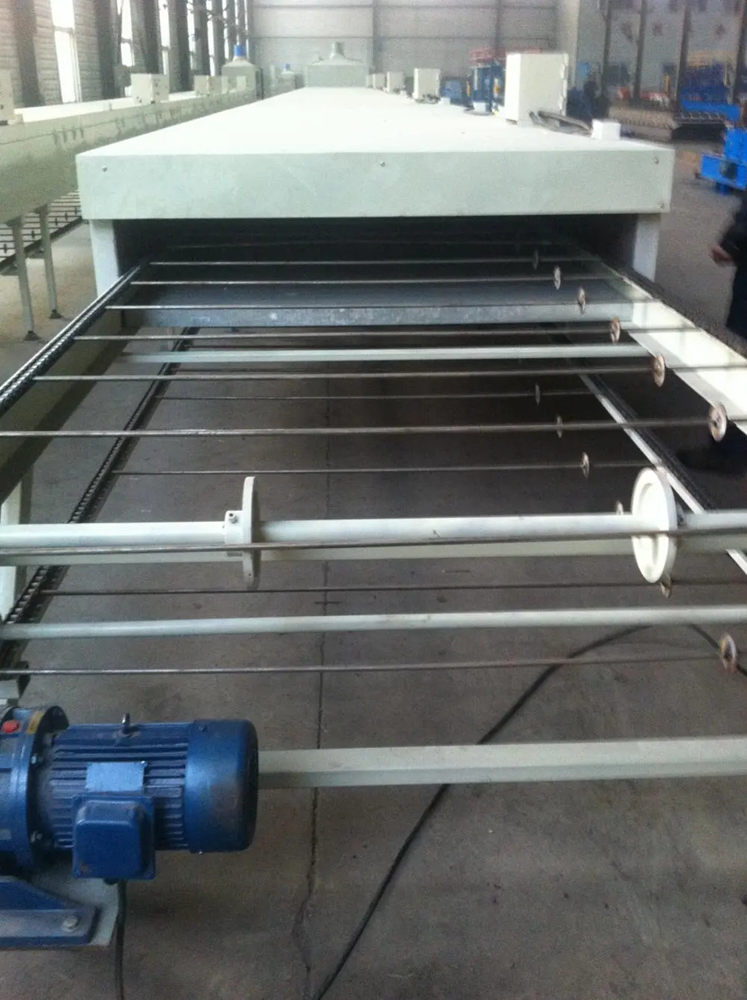
High-Frequency Pipe Making Machine Revolutionizing Pipe Production
The manufacturing industry is constantly evolving, with technological advancements paving the way for more efficient and cost-effective production methods. One such innovation that has gained traction in recent years is the high-frequency pipe making machine. This sophisticated equipment plays a pivotal role in the production of various types of metal pipes, catering to the demands of numerous sectors including construction, automotive, and oil and gas.
Understanding High-Frequency Pipe Making Machines
High-frequency pipe making machines utilize a specific welding technique that involves the application of high-frequency electrical currents to weld metal strips into pipes. This process distinguishes itself from conventional welding methods by providing faster production speeds and superior weld quality. The machine typically comprises several key components, including a strip accumulator, forming section, welding section, and cooling system, all working in unison to produce high-quality pipes.
Efficiency and Speed
One of the most significant advantages of high-frequency pipe making machines is their efficiency. These machines can produce pipes at remarkable speeds, often exceeding 100 meters per minute, depending on the specifications. This increased speed is largely due to the high-frequency welding process, which allows for rapid heating and cooling of the metal, leading to a more streamlined production line. As a result, businesses benefit from lower production costs and quicker turnaround times, which are crucial in meeting market demands.
Versatility of Applications
High-frequency pipe making machines are versatile and can be used to produce a variety of pipe types, including round, square, and rectangular pipes, as well as specialized profiles. The adjustable settings of these machines enable manufacturers to create pipes in a range of thicknesses and diameters, making them suitable for numerous applications. Industries such as automotive, construction, and HVAC systems rely heavily on these pipes for structural support, fluid transportation, and more.

Enhanced Weld Quality
In terms of weld quality, high-frequency welding stands out as a superior method. The high-frequency currents cause the edges of the metal strips to heat up rapidly, allowing them to fuse together without the need for additional filler materials. This results in a cleaner, stronger weld that enhances the integrity of the finished product. The absence of contaminants and the controlled nature of the welding process further reduce the likelihood of defects, leading to higher customer satisfaction and fewer returns or reworks.
Environmental Considerations
As industries increasingly focus on sustainability, high-frequency pipe making machines also offer environmental advantages. The efficient use of materials reduces waste, while the high-speed production capabilities ensure that resources are utilized effectively. Additionally, the energy consumption of high-frequency welding is lower than that of traditional welding methods, aligning with the global push for greener manufacturing solutions.
Future Prospects
The future of high-frequency pipe making machines looks promising, with continuous advancements in technology expected to enhance their capabilities further. Innovations such as automation, artificial intelligence, and integration with smart manufacturing systems can provide even greater efficiency and precision, minimizing human error and downtime. As industries evolve and adapt to new demands, these machines will undoubtedly play an integral role in shaping the future of pipe production.
Conclusion
In conclusion, high-frequency pipe making machines are at the forefront of modern manufacturing, offering enhanced efficiency, flexibility, and weld quality. As the demand for high-quality pipes continues to grow across various sectors, the significance of these machines cannot be overstated. Their ability to meet the rigorous standards of today’s industries while maintaining a focus on sustainability positions them as essential tools in the manufacturing landscape. As technology continues to advance, high-frequency pipe making machines will remain vital in driving innovation and meeting the challenges of the future.